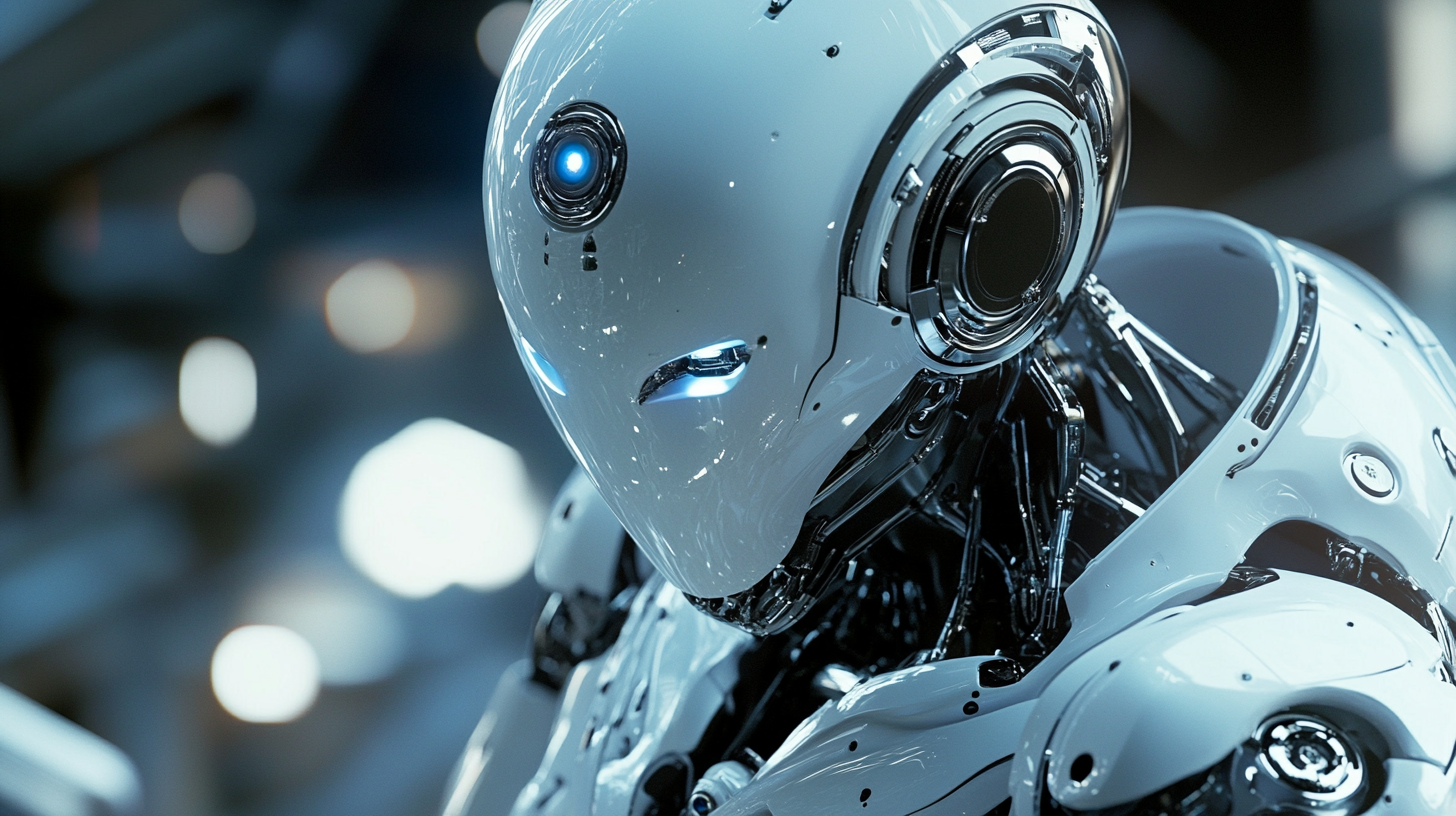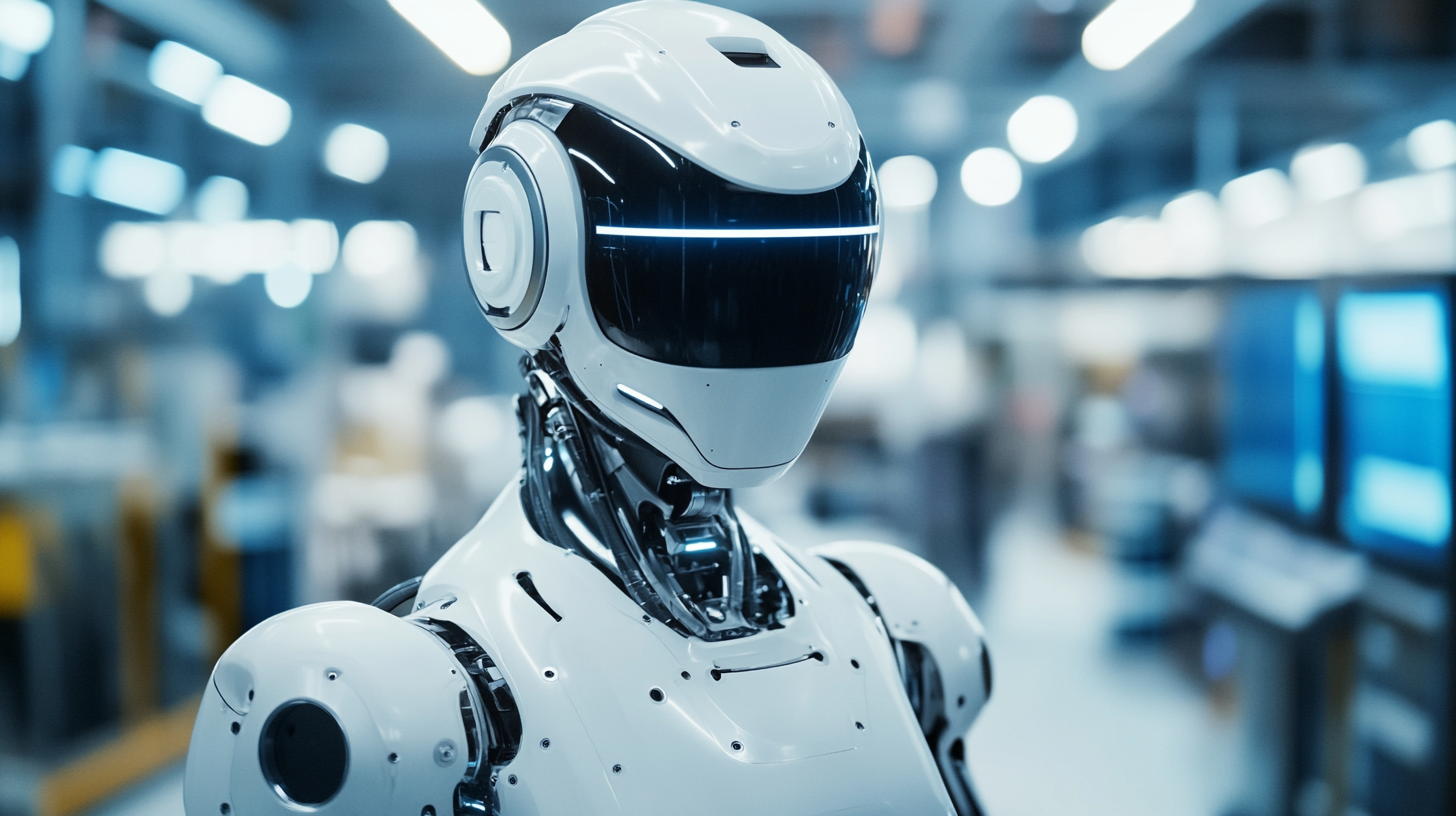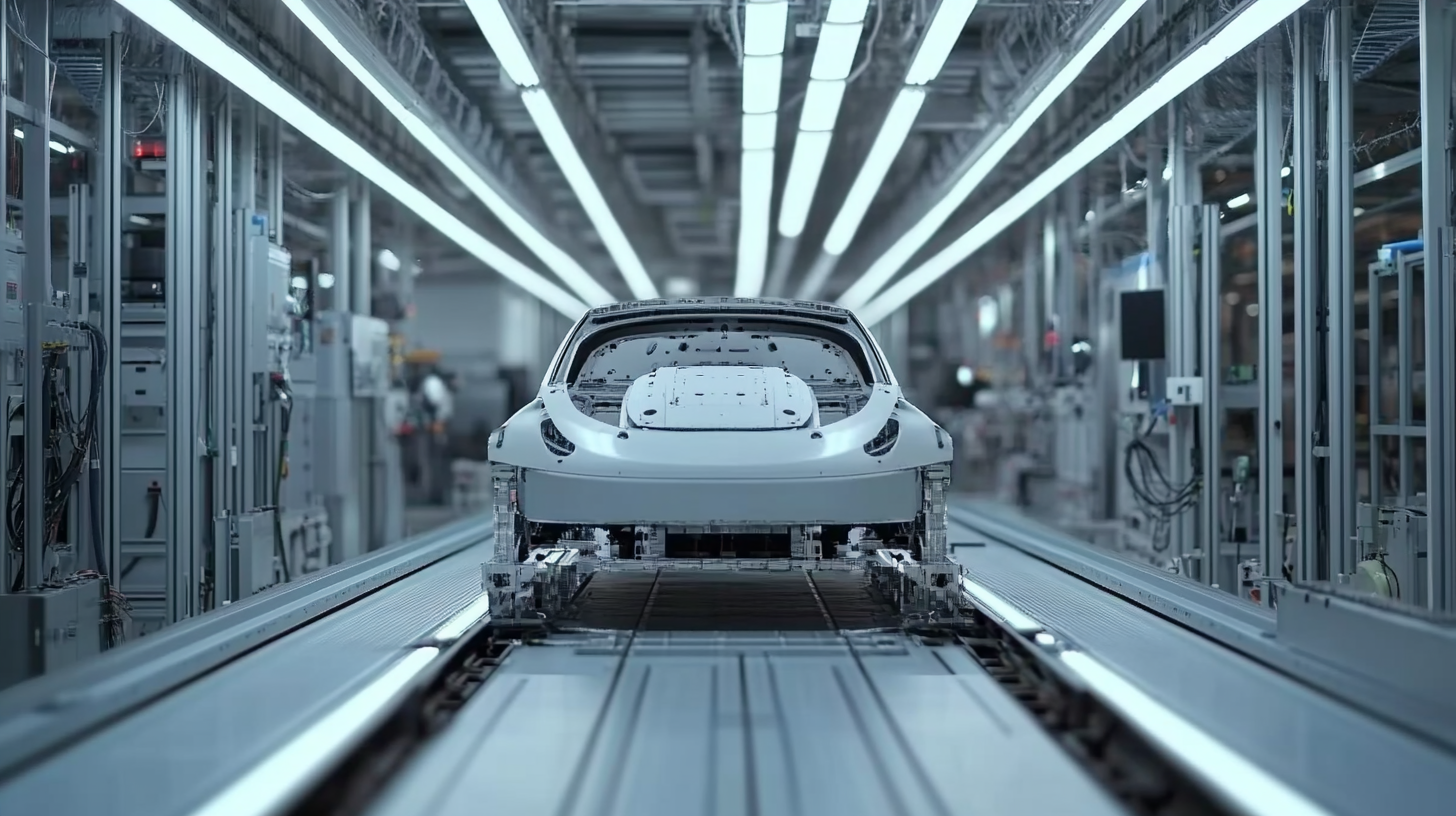

14, Raghava Enclave, Transport Road, Secunderabad, Hyderabad (500009)
©2024 All Rights Reserved by excitechrobot.com
In today's fast-paced manufacturing landscape, the pursuit of efficiency has become more crucial than ever. As industries face increasing pressures to optimize productivity while reducing costs, the integration of advanced technologies has emerged as a game-changer. Among these innovations, Autonomous Robot Projects stand out as a transformative force. By leveraging the capabilities of autonomous robots, manufacturers can streamline operations, enhance precision, and dramatically improve overall efficiency. These projects not only minimize human intervention but also enhance safety and allow for 24/7 production cycles, redefining traditional manufacturing paradigms.
Moreover, as the demand for customization and quick turnaround times escalates, the ability of autonomous robots to adapt and learn sets them apart from conventional automation solutions. The shift towards Autonomous Robot Projects is not merely a trend; it represents a fundamental evolution in how goods are produced. As we explore the potential benefits and real-world applications of these projects, it becomes clear that embracing this technology is essential for manufacturers aiming to stay competitive in a rapidly changing economy. Together, we will uncover the ways in which autonomous robots are driving efficiency and innovation, setting the stage for the future of manufacturing.

The landscape of modern manufacturing is undergoing a transformative shift, thanks in large part to the integration of autonomous robotics. These intelligent machines are no longer seen merely as tools; they are becoming essential partners in the manufacturing process. By taking on repetitive tasks, autonomous robots free human workers to focus on more complex and strategic activities, leading to improved productivity and creativity on the factory floor. One of the most significant advantages of incorporating autonomous robotics into manufacturing practices is the ability to optimize efficiency. Robots equipped with advanced sensors and artificial intelligence can adapt to changing conditions in real-time, allowing for seamless adjustments in production lines. This adaptability mitigates downtime and reduces waste, ensuring that resources are utilized effectively. As a result, manufacturers can achieve higher output rates while maintaining stringent quality control standards. Moreover, the collaboration between human workers and autonomous robots leads to a safer work environment. By assigning hazardous tasks to robots, companies can minimize risks to their employees. As these technologies continue to evolve, the potential for enhanced safety measures grows, enabling a more sustainable and responsible approach to manufacturing. The future of production is not just about automation; it is about creating a harmonious ecosystem where humans and robots work side by side, driving innovation and resilience in the industry.

In today's fast-paced manufacturing environment, the integration of autonomous robots into production lines is transforming the landscape of efficiency and productivity. One of the key benefits of implementing these robots is their ability to operate around the clock, minimizing downtime and maximizing output. Unlike human workers, autonomous robots can tirelessly perform repetitive tasks without the need for breaks or shifts, leading to a significant increase in overall production capacity. This relentless work ethic ensures that manufacturing processes are not only efficient but also cost-effective.
Moreover, autonomous robots enhance precision and consistency in production processes. With advanced sensors and machine learning algorithms, these robots can perform tasks with incredible accuracy, reducing the likelihood of errors that can lead to costly reworks or defective products. This level of efficiency not only improves the quality of the output but also helps in optimizing resource utilization—decreasing waste and ensuring that materials are used most effectively.
Another noteworthy benefit is the safety improvements that autonomous robots bring to manufacturing environments. By taking over hazardous tasks, such as heavy lifting or working in dangerous conditions, these robots significantly reduce the risk of workplace accidents. This shift not only protects human workers but also fosters a more efficient workflow, allowing humans to focus on more complex and strategic roles that require creativity and critical thinking. Ultimately, the implementation of autonomous robots is a vital step towards achieving cutting-edge efficiency in modern manufacturing.

The integration of autonomous robots in modern manufacturing is not without its challenges. One of the primary obstacles companies face is the technical complexity of these systems. Developing robots that can operate seamlessly alongside human workers and existing machinery requires sophisticated programming, advanced sensors, and robust communication networks. Companies often struggle with ensuring that these robots can understand and react to varied conditions on the production floor, leading to potential safety risks and inefficiencies if the systems are not adequately tested and refined.
Another significant challenge is the cultural shift required within organizations to embrace automation. Employees may have concerns about job displacement, leading to resistance against adopting robotic solutions. To overcome this, it is essential for management to foster a collaborative environment where workers are educated about the benefits of automation. Training programs can help bridge the knowledge gap, turning potential adversaries into advocates for robotic integration. Additionally, companies that involve their employees in the planning and implementation phases of these projects tend to see higher levels of acceptance and enthusiasm.
Lastly, scalability poses a unique challenge for manufacturers considering autonomous robots. Many initial projects may work well on a small scale but face complications when expanding to full production lines. Companies need to adopt a phased approach, starting with pilot projects that allow for careful monitoring and adjustments before rolling out broader implementations. This gradual integration strategy not only minimizes disruptions but also provides valuable insights to refine the technology and processes involved.

The landscape of manufacturing is rapidly evolving, driven by advancements in autonomous robotics that promise to enhance efficiency at every stage of production. As industries increasingly adopt these technologies, a few key trends emerge that are shaping the future of manufacturing. One noteworthy trend is the integration of AI and machine learning with robotic systems. These technologies enable robots to learn from their environment, adapt to changes, and optimize their tasks, resulting in improved productivity and reduced operational costs.
Additionally, the rise of collaborative robots, or cobots, is redefining teamwork on the factory floor. Unlike traditional robots that operate in isolation, cobots are designed to work alongside human workers. This synergy boosts efficiency by allowing machines to handle repetitive or dangerous tasks while humans focus on complex problem-solving and supervisory roles. The ability to seamlessly integrate human and robotic capabilities addresses labor shortages and enhances overall production efficacy.
Moreover, the advent of advanced sensors and real-time data analytics is transforming how manufacturers monitor and manage their operations. Autonomous robots equipped with these technologies can provide valuable insights into equipment performance and workflow bottlenecks. By leveraging this data, companies can make informed decisions that streamline processes, predict maintenance needs, and minimize downtime, ultimately contributing to a more efficient manufacturing ecosystem. As we look ahead, the interplay of these trends will continue to push the boundaries of what's possible in manufacturing, paving the way for unprecedented levels of efficiency and innovation.
In the landscape of modern manufacturing, autonomous robots are not just a futuristic concept; they are actively reshaping the way industries operate. Real-world case studies highlight the transformative impact of these technologies, showcasing how companies are streamlining processes and boosting productivity. One such example is a leading automotive manufacturer that integrated autonomous mobile robots (AMRs) into their assembly line. By automating material transport, they reduced the time workers spent moving components, leading to an impressive 30% increase in production efficiency.
Another compelling case study comes from the consumer goods sector, where a major packaging company implemented robotic arms for sorting and packing. The introduction of smart robots equipped with advanced vision systems allowed the company to adapt to fluctuating demands quickly. This flexibility not only improved speed but also minimized errors, demonstrating a remarkable decrease in waste. The success of this project underscores the potential of autonomous robots to enhance operational agility and maintain high standards of quality.
Additionally, in the electronics manufacturing industry, a firm adopted collaborative robots, or cobots, to work alongside human workers in a delicate assembly process. These robots were programmed to handle repetitive tasks, enabling humans to focus on more complex operations. This harmonious collaboration resulted in increased job satisfaction for employees and a significant rise in overall productivity. As evidenced by these case studies, the integration of autonomous robots in manufacturing not only drives efficiency but also fosters a more engaged and skilled workforce.
